Romanian traditional clothes or Romanian dress are folk costumes worn by Romanians during national celebrations, weddings and special traditional events. Romanian traditional clothing can be classified into seven main traditional regions. The Romanian dress is a ceremonial garment that many wear with pride. Of course, in modern Romania, most people wear modern clothes but there are some new emerging designers that integrate traditional elements into their fashion lines. These are becoming more popular amongst Romanians, and one of the best examples of these are the Romanian blouse, iie, which is worn casually with jeans, trousers or skirts.
In this article, we’re going to explore some of the most interesting Romanian traditional clothes, their origin and how they are utilised in modern Romania. I was born in Romania and I have an interest in Romanian traditions and customs.
A brief history of Romanian traditional clothes
First mentions about the Romanian clothes finds its roots in parts of Thracia, Dacia and Getae. The clothes were decorative with colourful details, shirts rippled at the neck, long, wide or short sleeves. The Romanian dress was long to the ground and people wore leather sandals in the summer and fur sandals in the winter.
Read More About Romania
In modern-day Romania, traditional clothes are rarely worn on a day to day basis. They are mostly used in ceremonies and national events. In rural areas, some simpler version of the Romanian dress with national motifs continues to be worn. In larger cities, elements from traditional clothing are being included in modern fashion items such as skirts, dresses, blouses and men shirts.
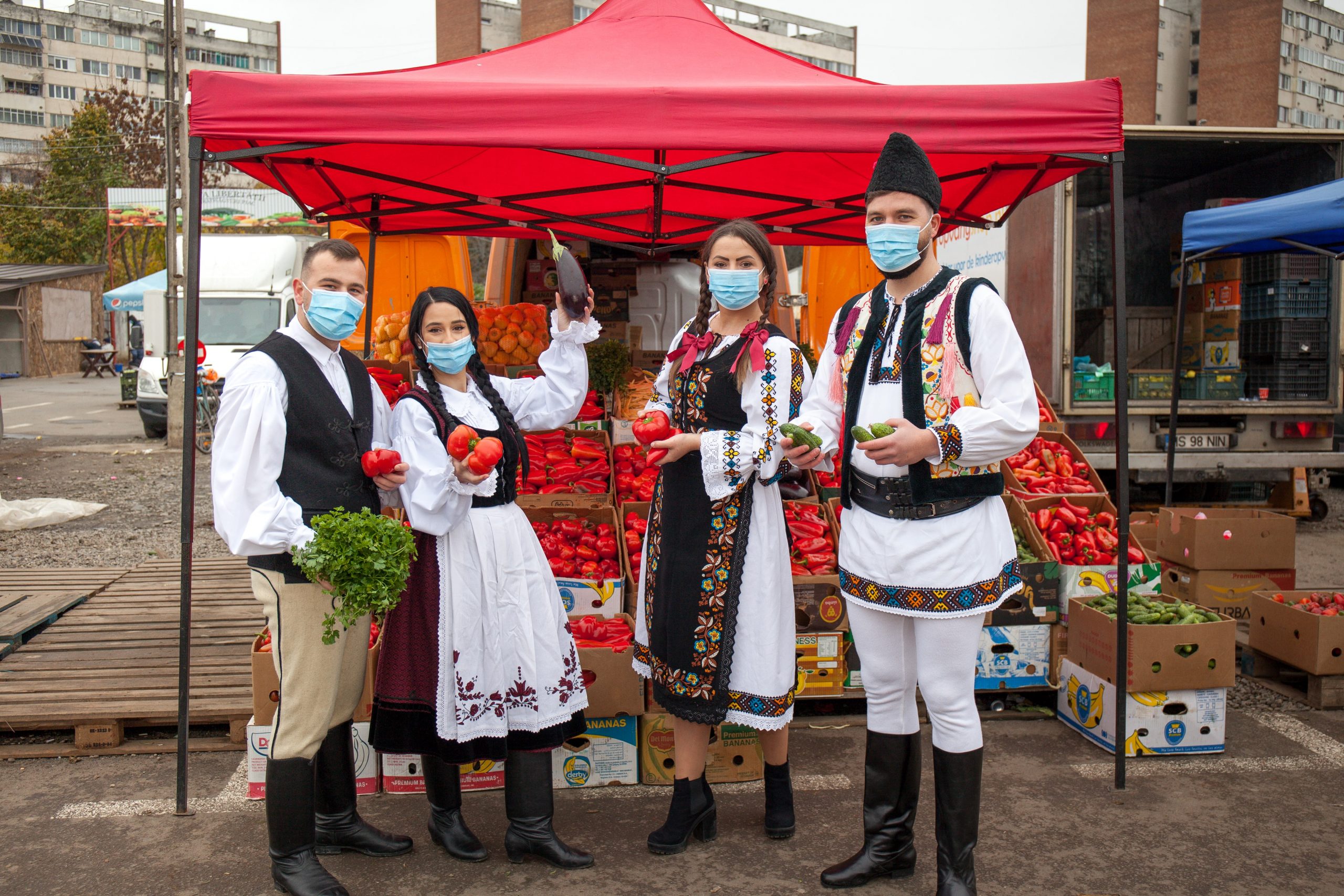
Ie – Romanian Blouse
Ie is the most common type of traditional garment still used today by women. Ie is a shirt worn by women, which has existed since ancient times. Ie is sometimes referred to as “Carpathian shirt”. There is a three-part decor code for the Romanian ie: the upper arm embroidery, single horizontal row on the sleeve, diagonal stripes below the armpit and shoulder. What’s even more beautiful and interesting about the ie is that every blouse tells a story. A trained eye could tell what region the ie comes from just by looking at the symbols and the colours.
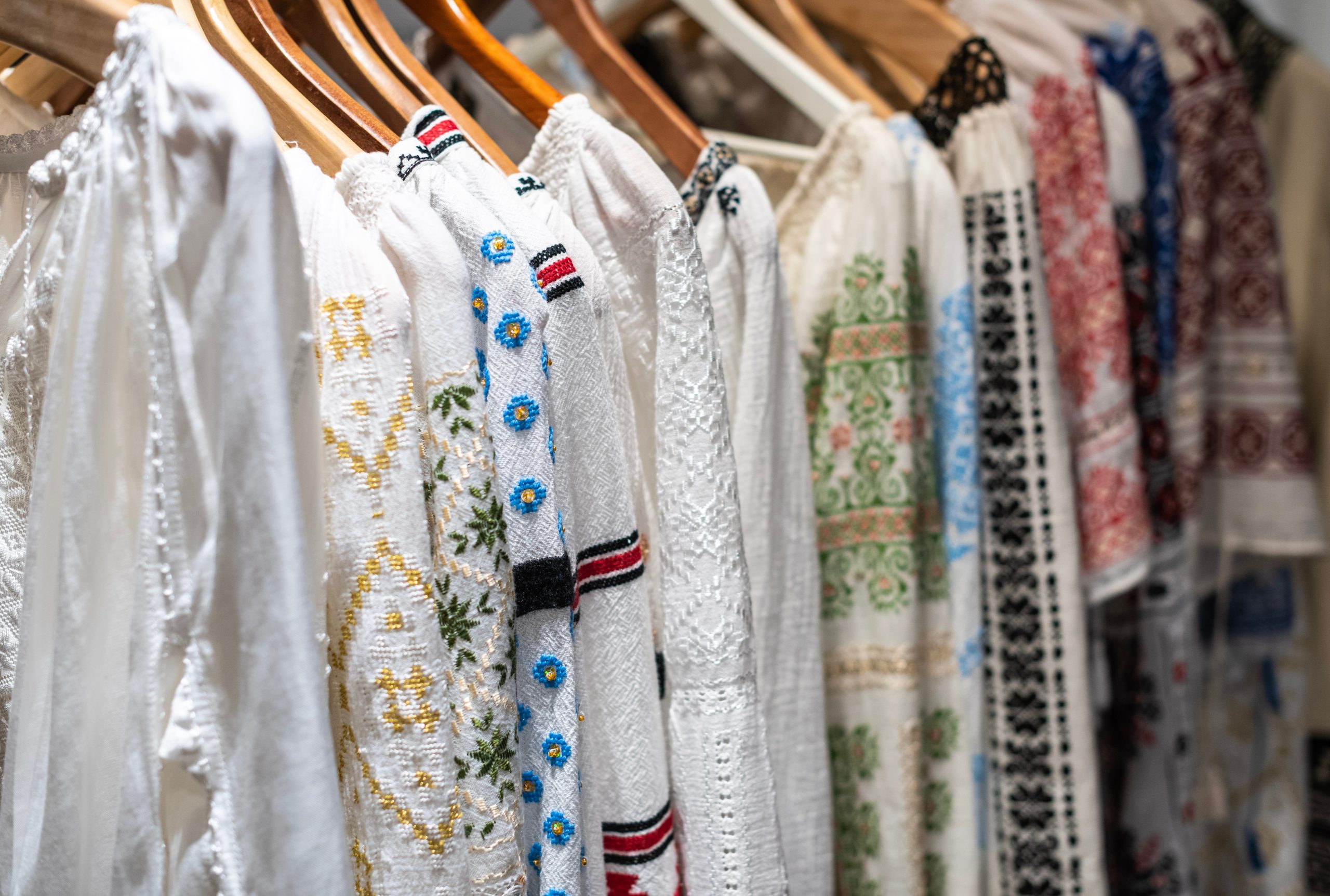
Fotă
Fotă is a beautiful wrap-around skirt made of woollen material or a mixture of wool and cotton. This is a superbly ornamented piece of traditional clothing that covers the underskirt.
In Moldovia, Fotă is made of hemp or flax with red decoration and it is still worn in the summer. Some decorations included vertical stripes, although the ornaments become more and more elaborate the further south you go.
In the region of Muntenia, Fotă contains woven and geometry embroidery. Some areas in Muntenia have Fotă made from silk with decoration in gold or silver thread.
Maramă
Another traditional piece of clothing in the Romanian dress is the head covering worn by women. These have always played a social role for women as only married women could wear one. It’s the Godmother’s job to put the basma or maramă on the bride’s head.
The maramă is worn mainly in southern Romania, southern Moldavia and southern Transylvania.

Ițari
Ițari are usually worn in the region of Moldova and are a long pair of trousers from a type of wool. They are worn by men in summer and winter, although in the summer these trousers were usually made of breathable cotton.
Cioareci
Cioareci are white woollen cloth pants worn by men. In the region of Banat, cioareci are also worn by women during the winter months.
In the South and Moldavia, cioareci are worn over boots or shoes whereas in Transylvania they are tucked into the tops of the boots.
Opinci
Opinci are a type of footwear worn by Romanians made from hemp canvas, woollen or felt wraps and special woollen socks. There is evidence that these traditional Romanian clothes date back to 2500 BC.
Opinci are inherited from the Dacians and today they are mostly bought as souvenirs from Romania. There are still worn during folk dances and some national events.

Pieptar
Pieptar is an embroidered sheepskin vest made either opened or closed. Some have sheep fur on the inside to keep warm and cosy during the winter. In the modern-day, a pieptar is also a small vest, highly ornamented and embroidered worn over a white skirt to add a layer of sophistication.
Cămaşa
Cămaşa is literally Romanian for a shirt but not quite as you would imagine it nowadays in a formal setting. Cămaşa is slightly looser with all sorts of cuts and styles, embroidered and usually made from hemp or linseed linen. Nowadays you will find some made of cotton as well.
For celebrations, men wear a Cămaşa that’s usually white with added decor to it. In some parts, a Cămaşa will be worn with a pieptar over it or a large long peasant coat.

Suman
Suman is Romanian for peasant coat and it comes from the Bulgarian word “sukmanŭ”. These clothes are handwoven from wool and embroidered by women.
There are waistcoats made from wool and also special sheepskin cloaks used in rural areas in Romania. They are worn by both sexes and they are usually knee-length to keep the wearer warm.
Some traditional pieces are tailored rough although you can also find suman as highly coveted garments, all handmade and highly decorated.
Romanian Hats
Romanian hats or Căciulă are so important and worn all over Romania. There are some made of sheepskin, felt or straw. There are four types of Căciulă in Romania:
High conical cap – worn in Moldavia, Muntenia, Maramures, Oltenia and Banat.
Round low cap – worn in Maramureș
Caps made of a single piece of fur – worn in Maramureș and Oaș.
Căciulă joasă – cylindrical fur cap with the top larger than the base. This is worn by shepherds on both sides of the southern Carpathians, Maramureș and also in Bărăgan Plain and Dobruja.
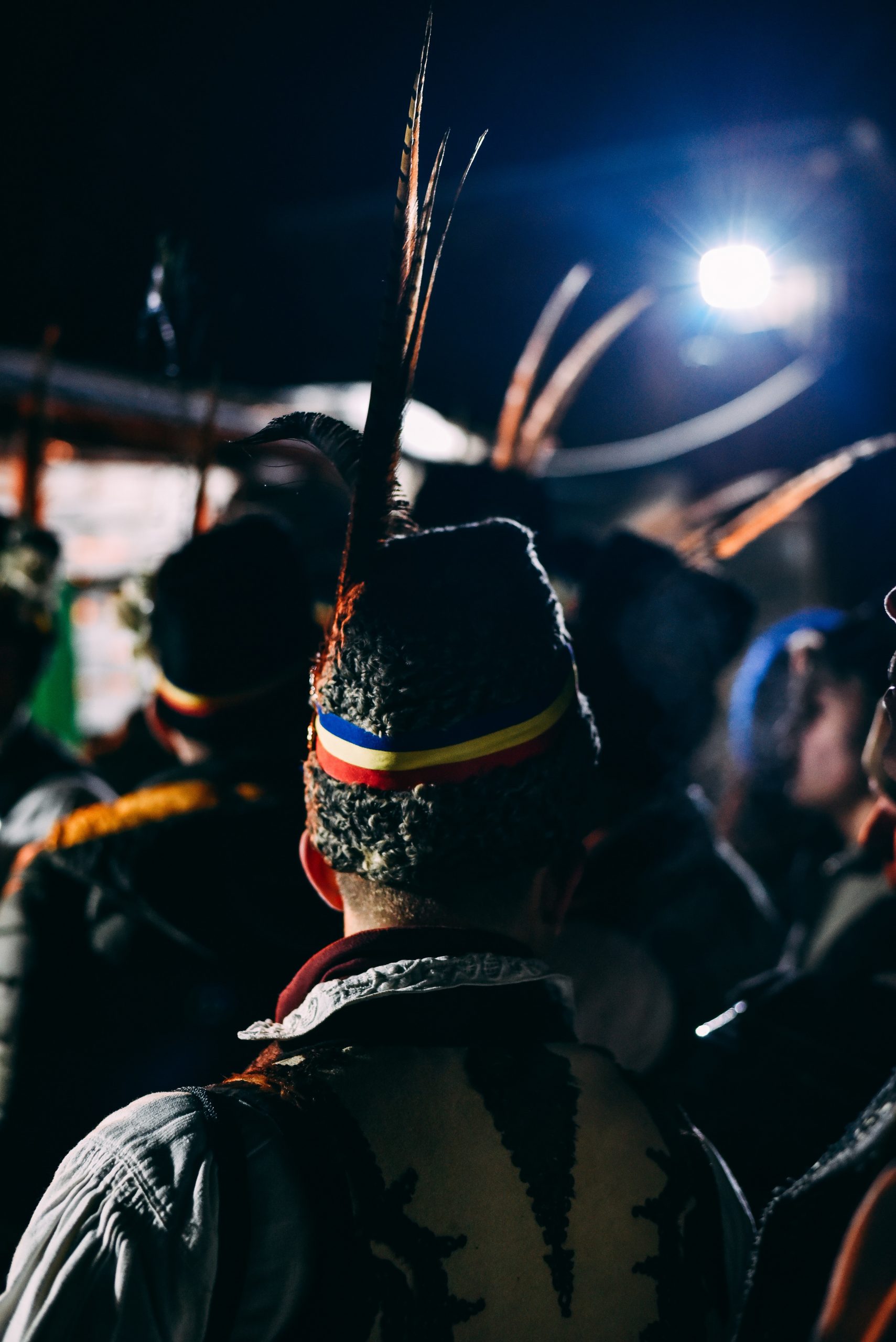
It’s beautiful to admire these traditional clothes and see their cultural importance that continues to play such an important role in Romania. The best way to see these is by visiting either Bucharest with its stunning village museum or to travel around the country to different regions during national holidays. Folk dancers, people from rural areas and shepherds continue to wear the Romanian dress with much pride.

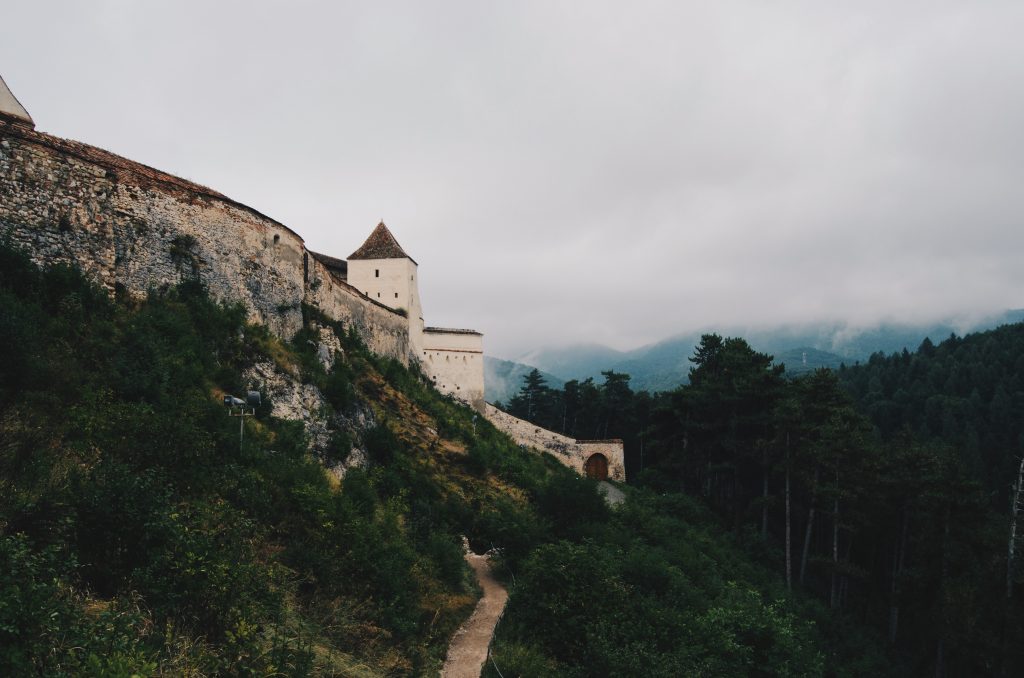
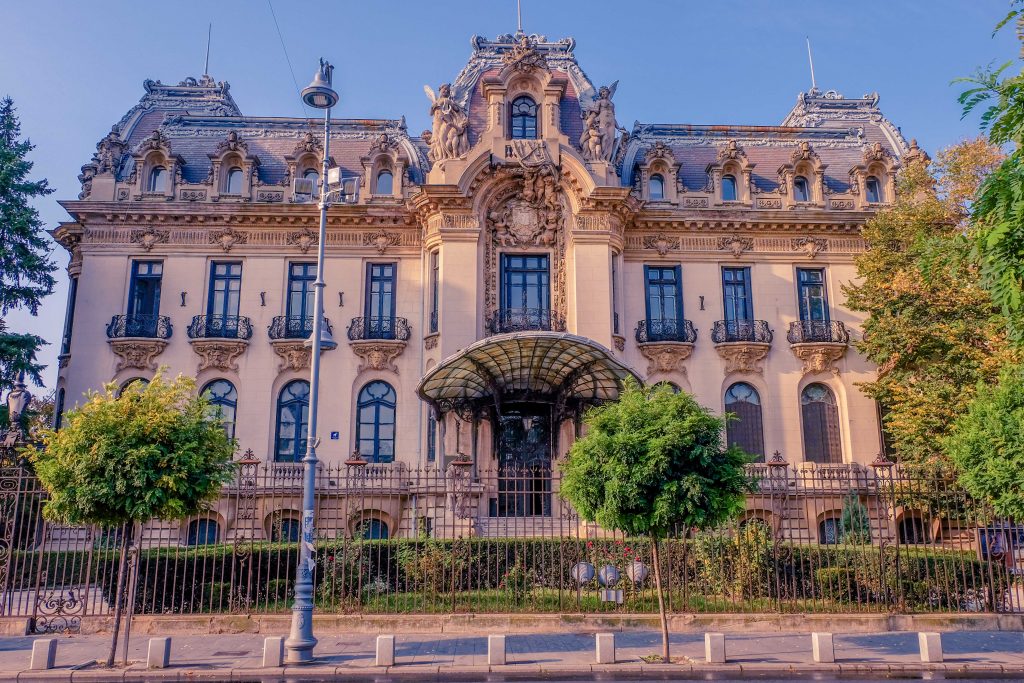
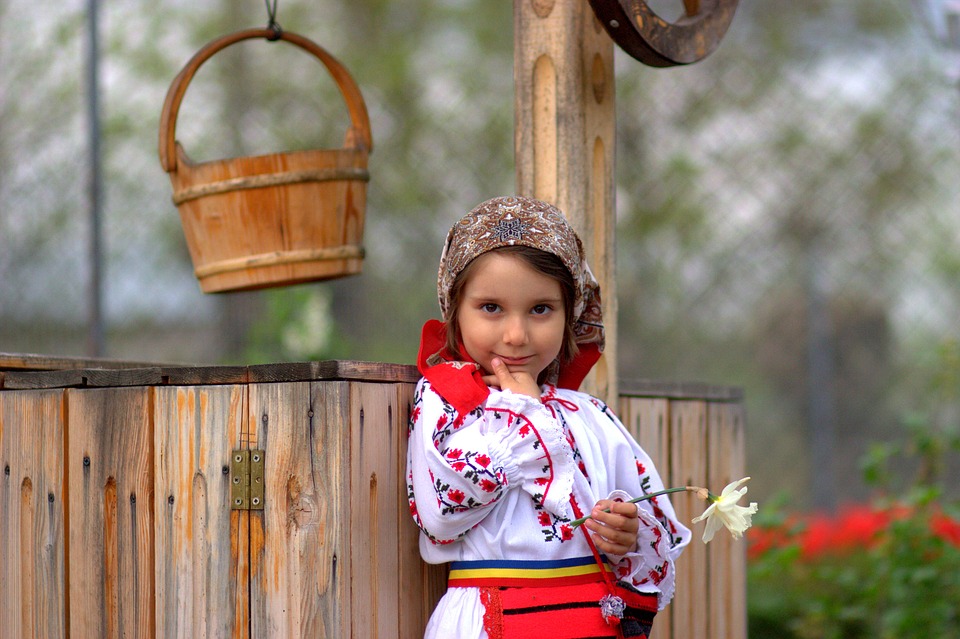
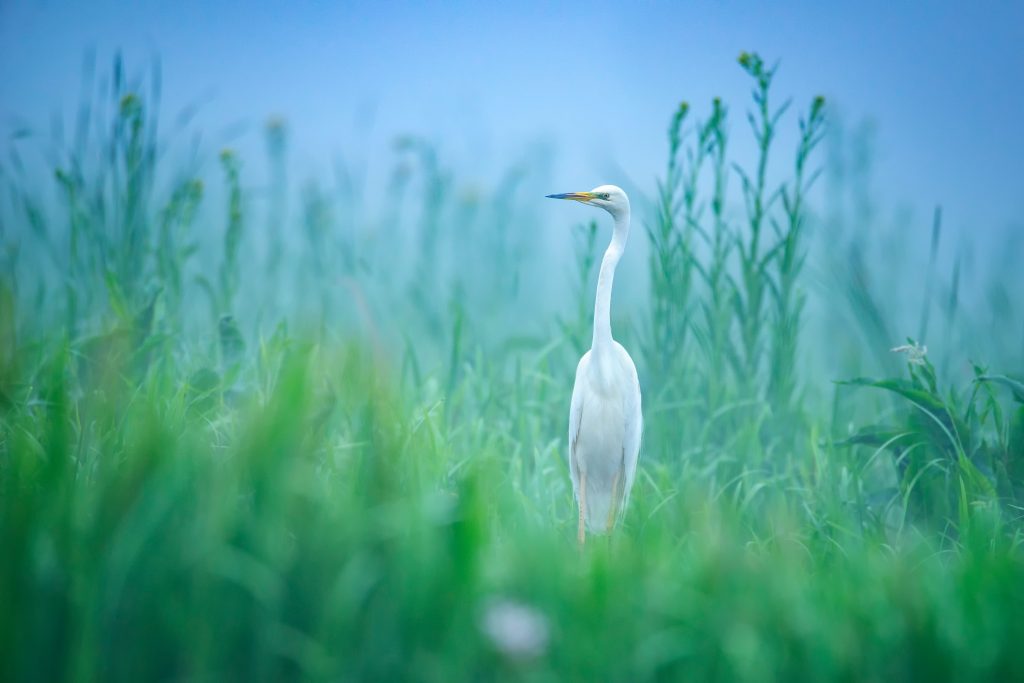
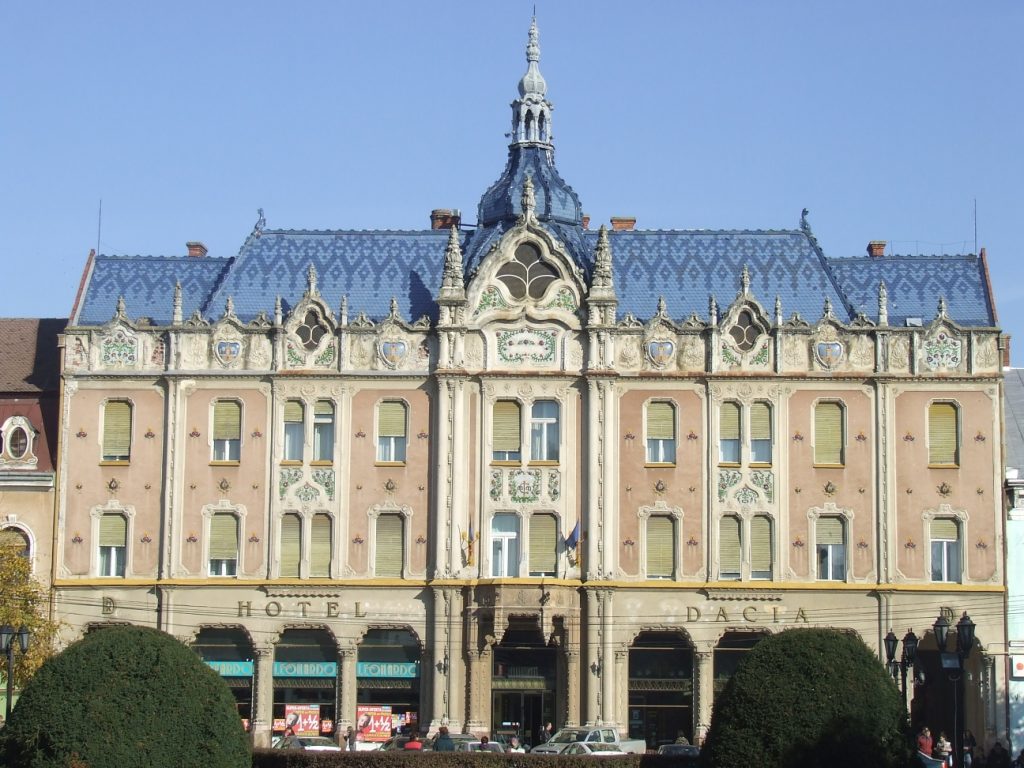
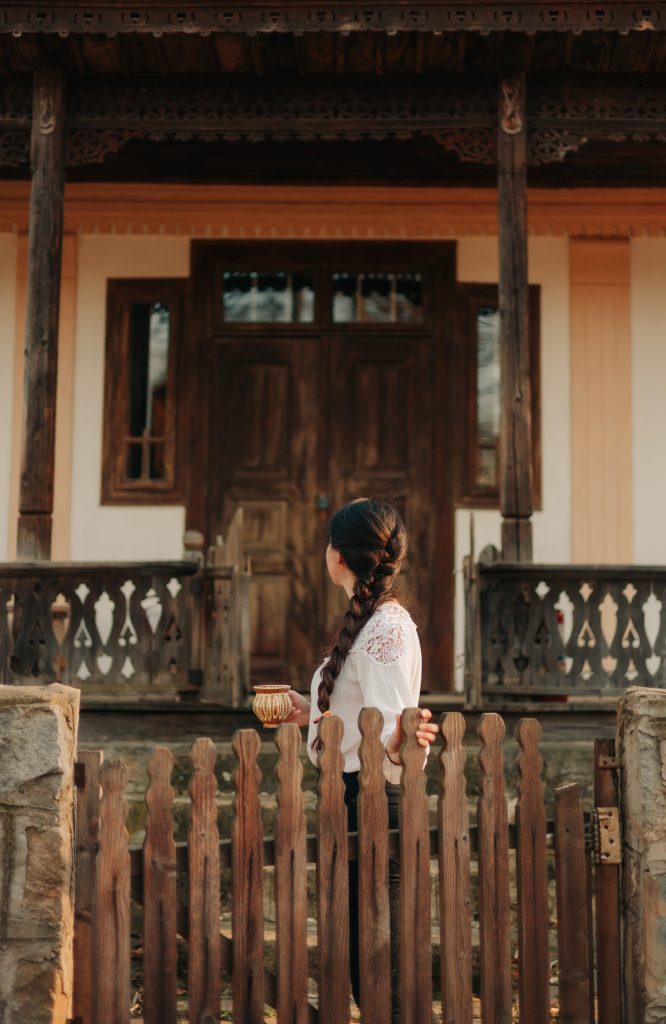


Leave a Reply